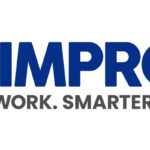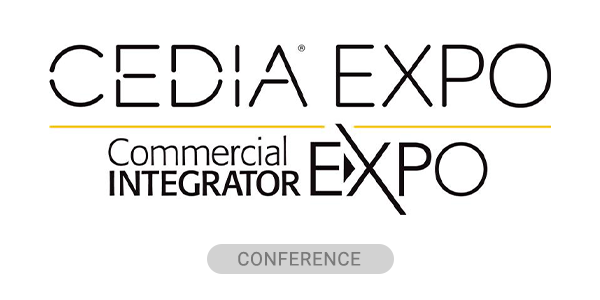Not that long ago, the conference room felt like it was on the way out. With 52% of global workers operating in hybrid models, the spotlight turned to home offices, mobile apps and cloud-based everything. But today, the conference room is having a steady comeback — and Unified Communication and Collaboration (UCC) is the reason, along with return-to-office initiatives.
The UCC Wake-Up Call
Hybrid collaboration has exposed a critical flaw: even the best tech can’t make up for a bad room. And the biggest culprits are often the easiest to fix: poor acoustics and user-unfriendly setups.
Fewer than 15% of global meeting spaces have the right videoconferencing tools. That means unintelligible audio, dropped network connections and clumsy visuals are still disrupting workflows and frustrating teams. Besides being obnoxious, these issues undermine productivity and make hybrid workers feel like second-class participants. The technology is there. The rooms aren’t ready.
The Unsung Hero of Effective Meetings: Sound
Clear and understandable audio remains the foundation of a good meeting. Poor acoustics cause miscommunication, fatigue and annoyance. Yet, proper acoustical design is still an afterthought in many spaces.
Room shape, sound-reflective materials, HVAC noise and microphone placement can all be culprits. The best solution is to design with audio in mind from the architectural starting line. Smart acoustic design might include:
- Acoustically rated ceiling tiles, wall-panels or carpeting to reduce reverberation and noise energy build-up
- Beamforming or directional mics that pick up “talkers” while reducing background noise
- Speaker placement and proper echo-cancellation that delivers even sound throughout the space and eliminates signal loop-back.
High-quality audio equipment plays a key role, but even the best microphones and DSP can’t fix a poorly-designed room.
Simpler Interfaces for Smarter Meetings
One in four employees say their organization is truly prepared for a hybrid future. It’s hard to stay focused when fumbling with screen sharing or camera controls. When systems are clunky or inconsistent, meetings stall before they start.
Smart UCC design puts simplicity first:
- One-touch join from a simple interface
- Consistent user-interfaces across rooms and enterprise locations
- Clean furniture design and access that allow simple connectivity to user-based devices.
You shouldn’t need an IT degree to run a meeting. The best AV systems disappear into the background. They work and then get out of the way.
UCC Makes The Conference Room Work for Everyone
True meeting equity means remote and in-room participants get the same experience. That’s only possible when the room is built with intent.
Elements like lighting, sightlines, camera angles and table layout affect how people show up and speak up in a meeting. Consider:
- Reconfigurable seating to suit different group sizes and meeting types
- Smart zoning for sound and lighting that adapts to room usage
- AI based camera tools that captures every participant in the meeting
- Multiple display options so remote participants have dedicated space apart from shared content.
With employees spending up to one-third of their week in meetings, small design choices can have a big impact.
UCC Is Not Tech. It’s Strategy.
UCC is not just about cool gear; it is a business strategy. Inefficient collaboration can cost enterprises up to $874,000 a year. When the stakes are that high, every investment should be backed by an intentional design and execution plan. ROI comes less from the gear itself and more from how well that tech supports the way teams actually work.
The most effective organizations treat AV like culture: human-centered, purpose-driven and built around how people act naturally. They’re not asking what looks good on paper. They’re asking what makes people feel comfortable walking into a room, whether they’re physically there or dialing in.
The Conference Room Reboot
As both companies and employees navigate the balance between in-person and remote work, the conference room is reclaiming its role as a central hub for collaboration. Organizations that prioritize acoustics, user-friendly interfaces and innovative tools have the chance to turn meetings into something more inclusive, efficient and human.
So yes, the conference room is cool again. Not because it’s retro, but because it’s relevant. It’s the one space where people, technology and intent come together and where collaboration either fails or where it simply clicks.
Bill Thrasher, COO, has more than 15 years of experience at AV-Tech Media Solutions.













